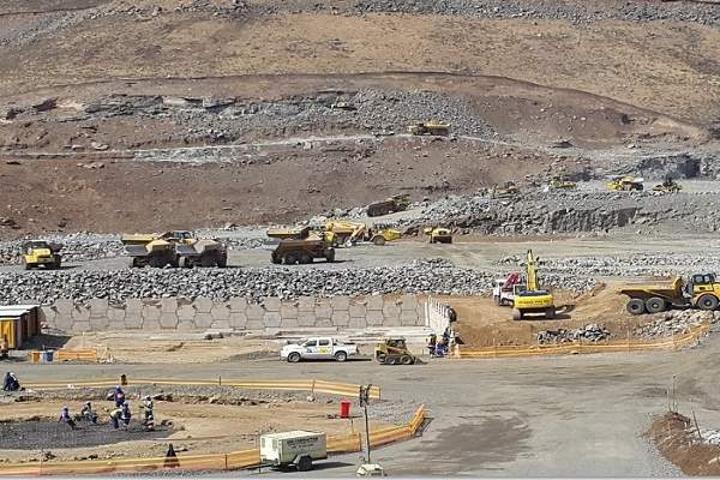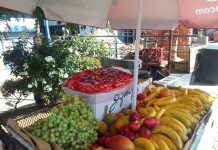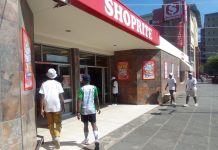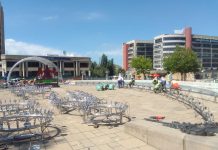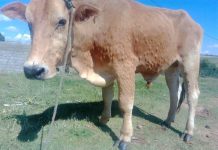Africa-Press – Lesotho. After losing more than M800 million in revenue when it closed shop in April last year in order to undergo care and maintenance, Liqhobong Diamond Mine this week resumed operations.
The mine is therefore hopeful for a speedy recovery while at the same time adhering to the Covid-19 safety protocols. The pace of recovery will also depend on the flexibility of the global diamond markets which have been affected by the Covid-19 pandemic.
The diamond industry, according to Antwerp World Diamond Centre (AWDC), suffered tremendously at the height of the pandemic. Across the value chain, revenue decreased by 15 percent to 33 percent in 2019 while operating margins followed with a decline of 1 percentage point to 22 percentage points, among others.
Prices for rough and polished diamonds, AWDC says, continue to feel pressure, with prices falling by 11 percent and three percent. Full recovery and a return to a historic growth trajectory are not expected until 2022 to 2024.
Three factors: epidemiology, government policy response and consumer response; will impact the pace and shape of the recovery, according to AWDC. These statistics paint a clear picture that Liqhobong Mine will have to put in even more effort in order to recover and be at par with its competitors.
The Ministry of Mining announced on Monday this week that when the mine resumes operations this week, priority should be given to former employees who were laid off during the suspension of operations last year.
“A lot of people lost their jobs when the mine suspended operations last year but we have suggested to the mine that priority should be given to the employees who were forced to go home at that time.
Special attention should be given to those who were doing exceptionally well in their respective jobs before closure,” Minister of Mining Serialong Qoo said on Monday during a media briefing.
He said the mine has lost huge amounts of revenue since closing, particularly considering that these companies are here to make money. “So if they are forced to close shop due to things such as Covid-19, then it means they are falling behind in terms of the highly needed revenue,” Qoo added.
Liqhobong is largely owned by Firestone Diamonds with 75 percent shareholding while the government of Lesotho holds the remaining 25 percent. For the quarter ended December 31, last year, Firestone announced that 43 269 carats were sold, realising revenue of US$3.6 million (about M50 million) at an average value of US$84 per carat. Care and maintenance costs of US$1.2 million during the quarter were in line with the budget.
Firestone Chief Executive Officer, Paul Bosman revealed that during the said period, it was encouraging to see that the mine had received better-than-expected results for the special stones sold in November 2020, while the smaller run of mine (ROM) category was back to pre-commencement of formal discussions with the company’s two bondholders and Absa Bank.
This also went for the conclusion of a standstill agreement with Absa Bank, which provides for the deferral of capital repayments under the Absa Facility Agreement to September 2021, which helpfully facilitates the debt restructuring process.
Lesotho is one of Africa’s significant diamond producers, hosting the Letšeng Diamond which is run by Gem Diamonds, Kao Mine, operated by Namakwa Diamonds as well as Mothae Mine ran by Lucapa Diamonds Mine.

